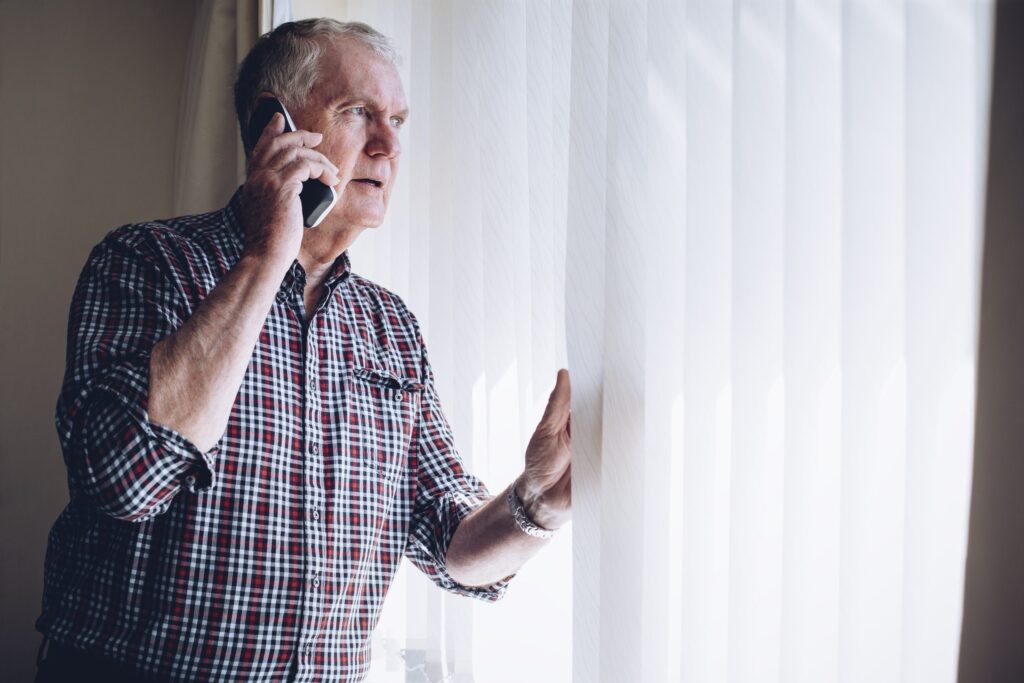It’s a well-established fact. Eyewitness testimony isn’t always accurate. For one reason or another, people sometimes get it wrong. Because of the unreliable nature of eyewitness testimony, police, investigators and legal professionals all must do their due diligence to find additional sources to verify and validate information. It’s the only way to make the best possible decisions in a situation where the stakes are so high.
Fortunately, we have a new source of information to help get it right. Social media evidence is an increasingly useful resource to help establish the complete picture needed to solve cases, prosecute offenders, and defend the innocent.
The practice of forensic social media can help to establish identifying details, motives, a timeline, and so much more. Even better, this information can be found and documented in a way that can be verified and authenticated in a way that eyewitness testimony cannot.
But before we dig deeper into how social media evidence gathering works, let’s get a little context. First, it helps to understand the problem with eyewitness testimony, and why experts are looking for alternate sources to establish and verify evidence.
Why eyewitness testimony isn’t always accurate
Almost 20 years ago, a professor of law and a professor of psychology gave a now well-known presentation at Stanford University on the fallibility of memory in the context of police investigations and jury verdicts. Several studies, including some conducted as early as the 1970s, had demonstrated that people often don’t remember events the way that they happen, and may even add details that didn’t occur.
Why? That’s the case because people often don’t pay attention to details that have little meaning or relevance to them at the time. Emotions about the event can impact the way it is remembered. Retelling the story can also change the way a person remembers the event, as they selectively filter the information they relay to their audience.
Additionally, our memories are often influenced by the suggestions of others. When investigators question a subject, they must avoid providing details accidentally, or in the form of helping them refresh their memory. This kind of suggestion can influence witnesses that want to be helpful, or make them feel pressured to get it “right.”
It’s a fascinating subject, when you learn more about how easily we’re all influenced at times in our perceptions by our biases, experience, and even unintentional influences.
But to get right to the point, it’s important to remember that getting it wrong could mean cases go unsolved, and/or that the wrong person ends up paying the penalty in our criminal justice system. For that reason many people, both inside and out of the criminal justice system, are calling for additional verification processes to validate eyewitness testimony, and are looking for outside sources of information.
Fortunately, technology is keeping up with our need for information. Social media investigation and data gathering is a breakthrough on the level of genetic testing. It’s the next big step forward in making sure we find the right people and have the evidence we need to solve cases and find the truth.
Social media evidence as a source of credible, court defensible data
All of us leave a digital footprint when we go online. That information doesn’t change or shift, based on our memories or due to suggestions. Although social media clues can be altered, deleted or hidden by privacy settings, it is the rare case that no trace is left behind.
As all of us spend more time online, the amount of data left behind becomes an increasingly valuable source of information about whom we are and what we do. Analysts can look at online browsing habits, time spent at websites, patterns of interests, social media habits and comments, and so much more. Those items combine to create a powerful snapshot, or profile, of a person.
Even better, the collected data is hard evidence with a human side. It weds the need to analyze observable data with the human element of analysis of the story behind it. In-house data analysts can read the story that comes from the complete data picture to put together the information needed by lawyers and others to make correct and just decisions.
Data analysts compile social media evidence using an expert, accredited process. That means that not only is it accurate, but evidence is defensible in court.
At SMI Aware, our social media data analysis is completed by experts in-house that understand the culture of the USA. All analysts must follow a strict code of ethics in addition to the laws and regulations in place. (In our next post, we’ll discuss more about how our social media intelligence experts use the human element to make sure the story is accurate.)
In an era of uncertainty, you can count on our expert social media analysts to compile social media evidence you can trust. To learn more about who we are and what we do, contact us. We look forward to working with you.




